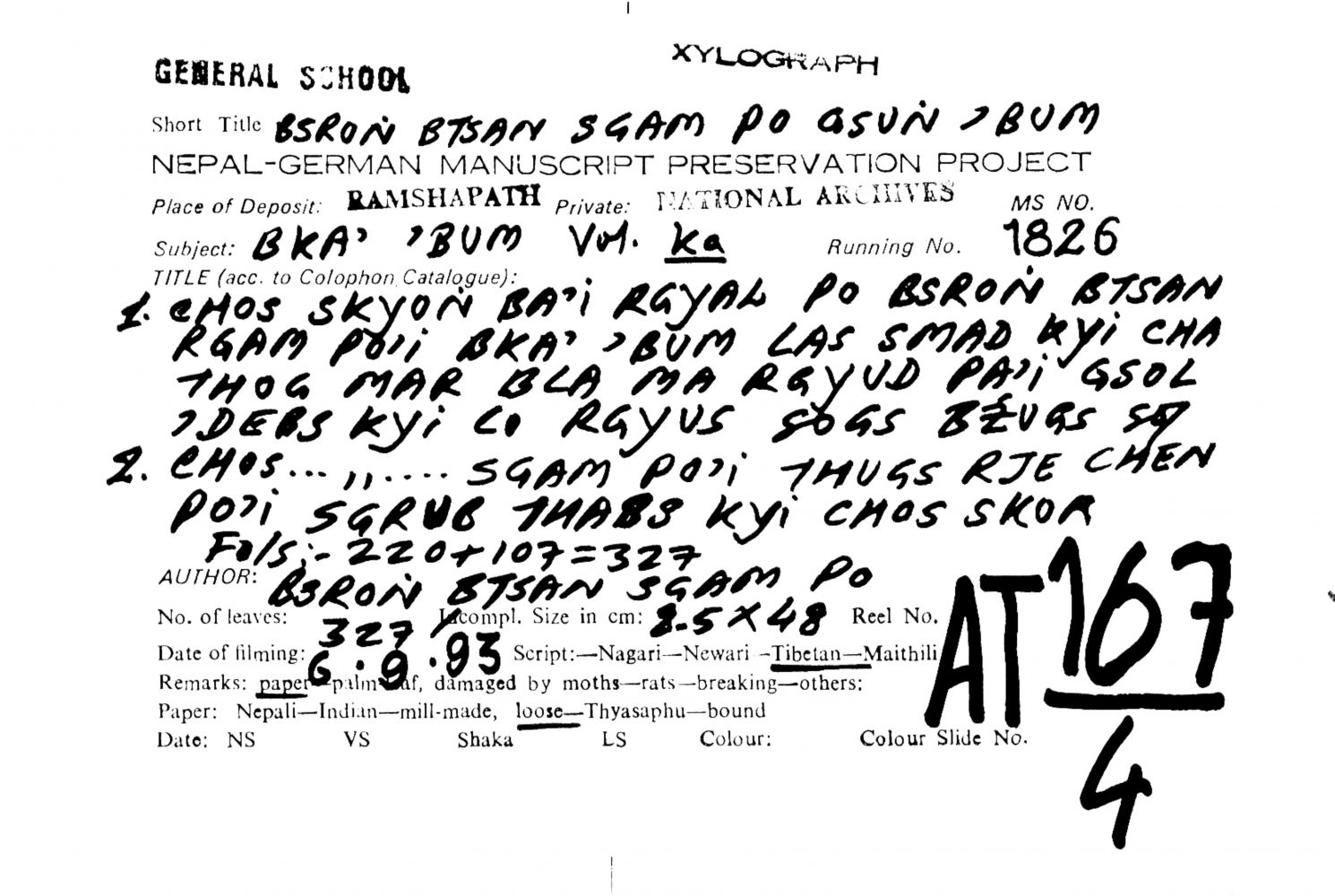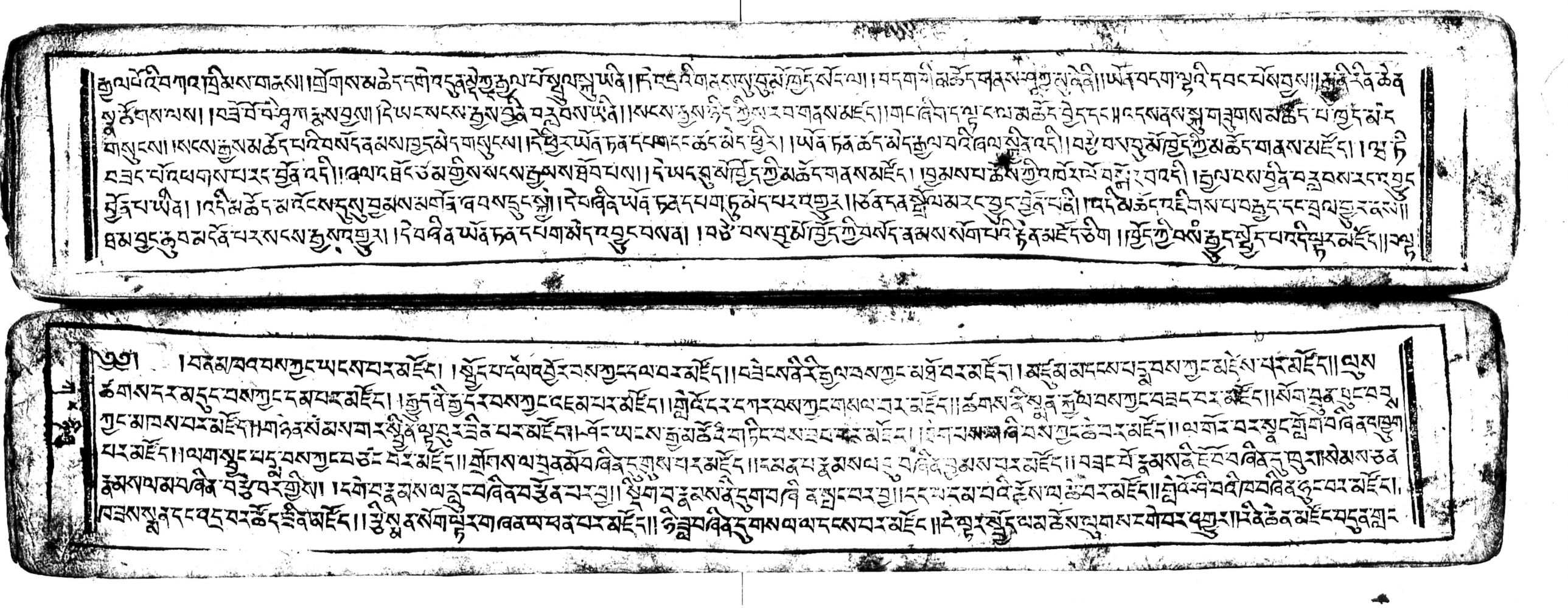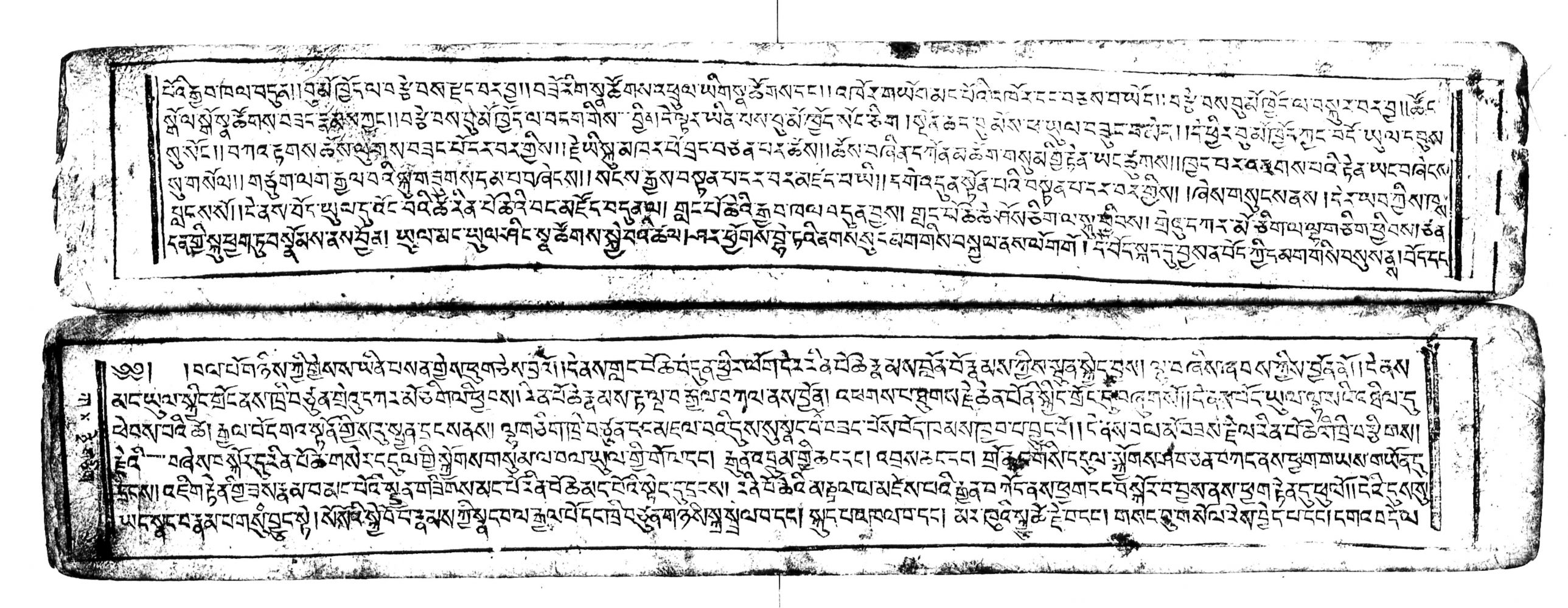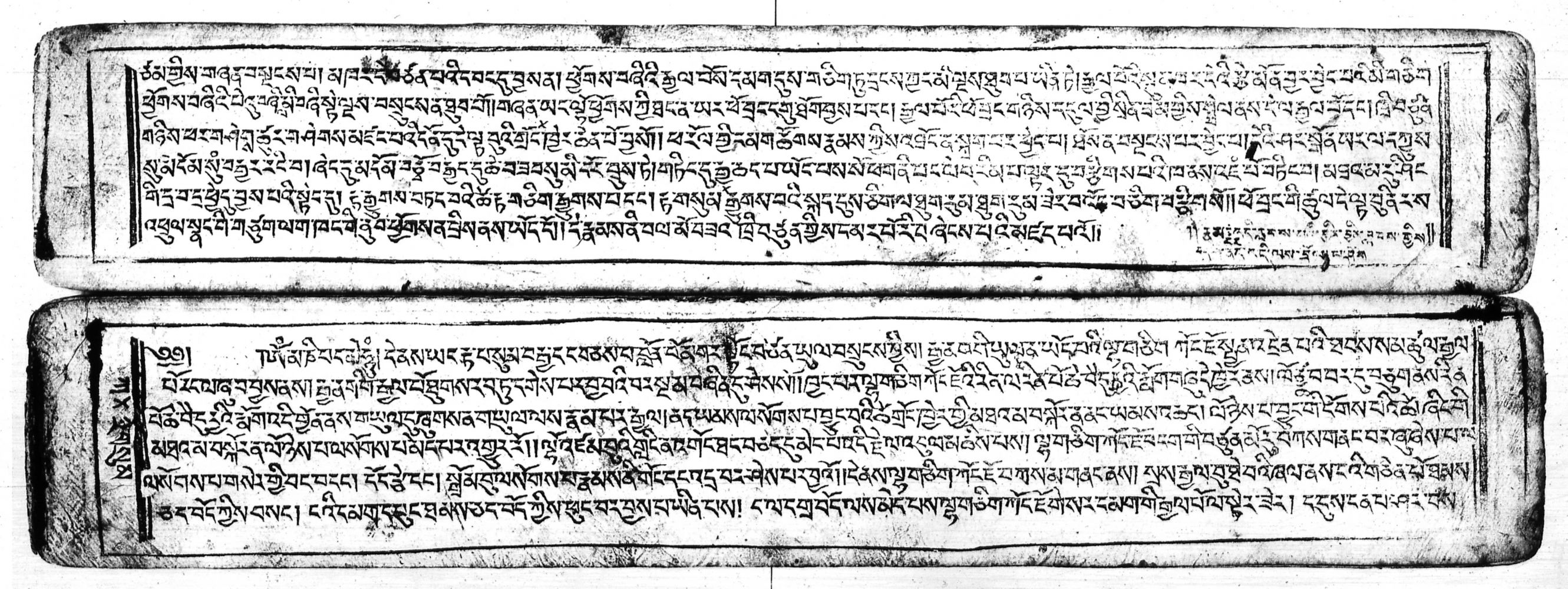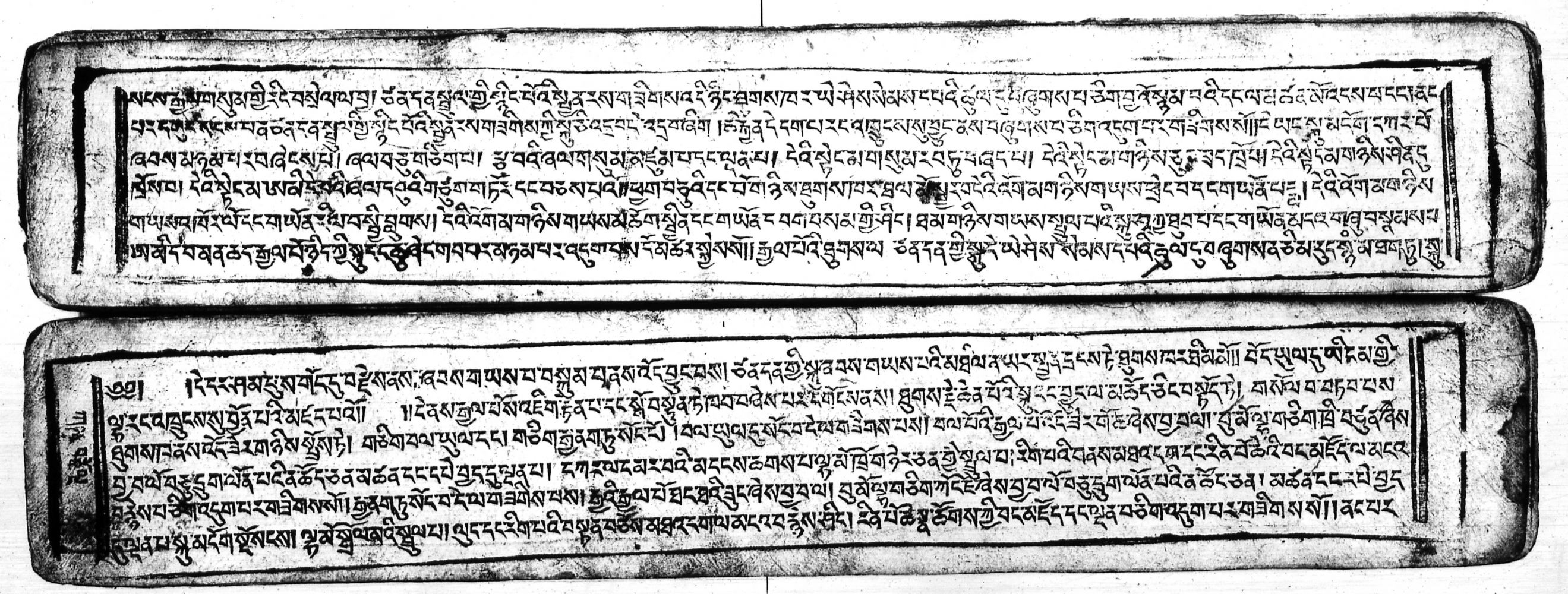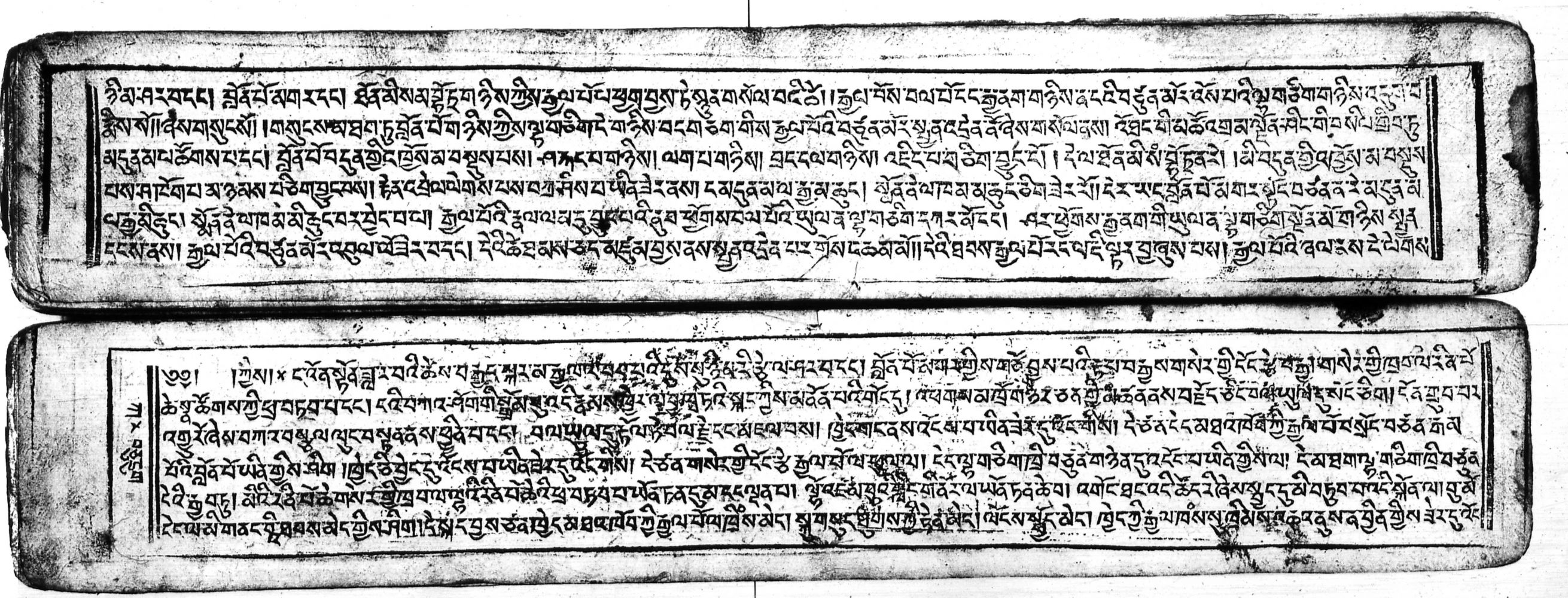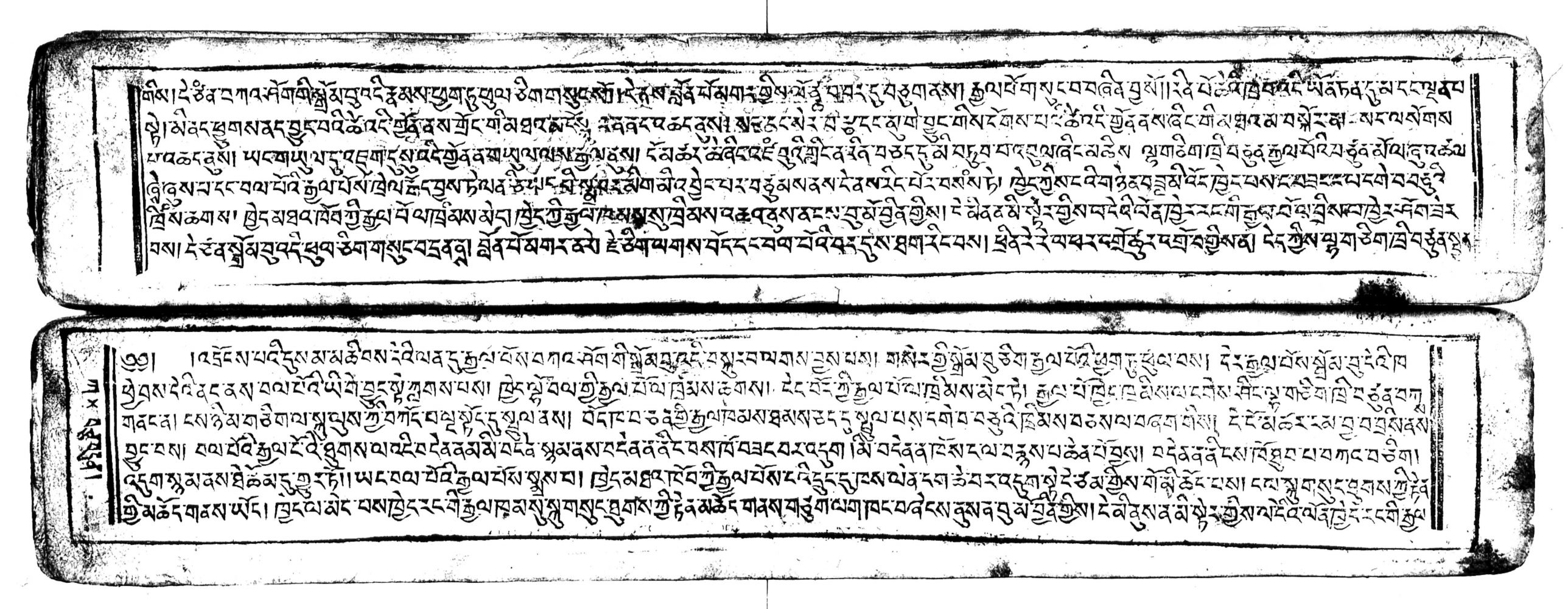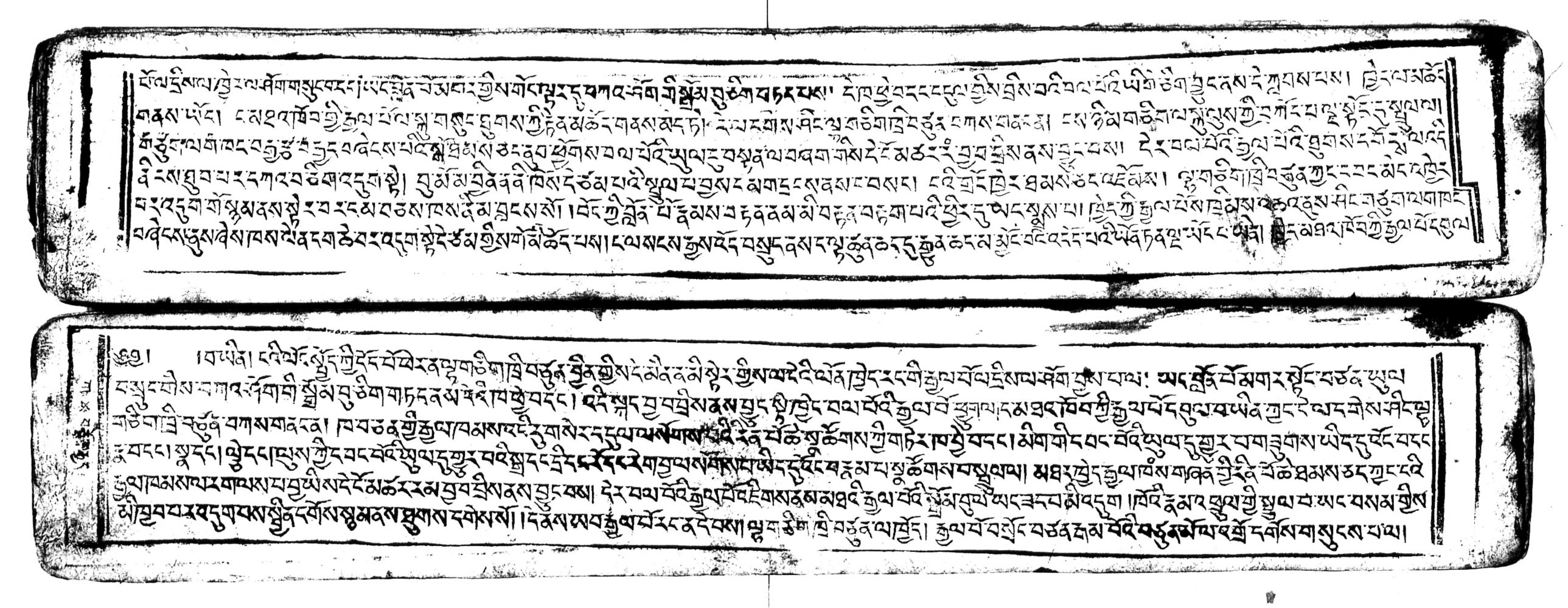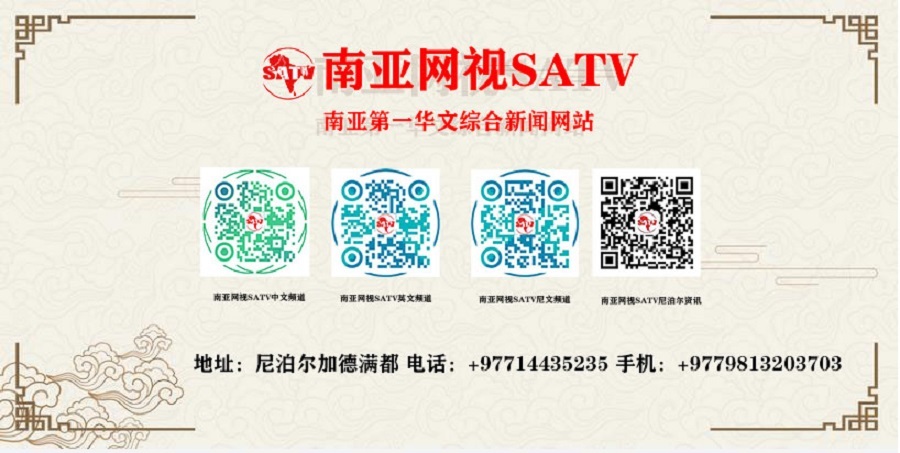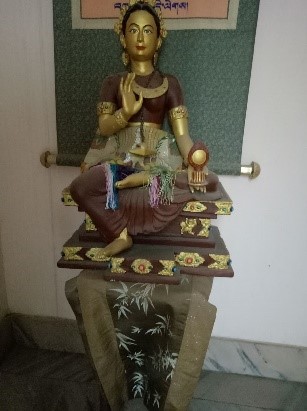
Author Shailendra Bahadur Thapa
SATV 5 April, Kathmandu: (V)Srong(V)tsan(S) Gampo, around 689 B.S. (632 AD), laid the foundation of a powerful Tibetan (Tuyo) Empire by establishing its base near Lhasa. That same year, he devised a strategic plan for diplomatic marital alliances by seeking marriage with the daughters of the kings of Nepal (South) and China.
First, it was decided that Princess Bhrikuti (Lhachhig Thritsun), the 9-year-old daughter of King Udayadeva (Hweshar Gocha) and Queen Bhadravati of Nepal (Khopasi region), born on Makar Sankranti (Magh Vadhi 1) in Vikram Samvat 681 (624 AD), would be married and made queen (Shivakoti, Prof. Dr. Gopal, Vikram Samvat 2075, Interview). For this purpose, Tibetan ministers along with the king’s three letters, interpreters, and bodyguards—Minister Gar Tongsen Yulsung and Thonmi Sambhota—were sent to Khopasi (Kurpasi), Bhrikuti’s birthplace.

The delegation left Lhasa in the last week of Ashwin, Vikram Samvat 689 (8th month as per the Tibetan calendar) and arrived in Nepal via Kerung-Rasuwa Gadhi around the third week of Mangsir, 689 B.S. (late December 632 AD) (Thapa Shailendrabahadur, ‘Sipahi Annual’ Year 57 (58), (B.S.2081: 5).
Excerpts from ‘Mani Kabum Bholum Ka’ (Written by (V)Srong(V)tsan(S) Gampo, Translated into Nepali by Buring Chen):
(V)Srong(V)tsan(S) Gampo sent a protective armor as a gift for Bhrikuti through Minister Gar Tongsen Yulsung.
King Udayadeva stated that since his daughter belonged to Nepal, the land of the Ten Virtuous Dharmas, he could only send her if Buddhism would also flourish in Tibet. Otherwise, he would refuse.
Due to the great geographical distance between Nepal and Tibet, the Tibetan minister carried three royal letters at once:
First Letter (Golden Script): If Bhrikuti were sent to Tibet for marriage, the Tibetan king would establish the "Ten Virtuous Dharmas" and "Buddhist Sangha" in Tibet, just as in Nepal (Gampo, ‘Mani Kabum Volume Ka’: pp. X 15–18).
The Ten Virtuous Dharmas (Shilas):
Three from the Body:
Do not kill or commit violence.
Do not steal.
Do not engage in adultery.
Four from Speech:
Do not lie.
Do not exaggerate or slander.
Do not speak harsh words.
Avoid gossip and wasteful talk.
Three from the Mind:
Do not harbor ill thoughts.
Do not be greedy or covetous.
Do not oppose the principles of the Buddha. (Thapa, ‘Bhrikuti’, Vikram Samvat 2078: 39).
Second Letter (Silver Script): If Bhrikuti became queen, the Tibetan king would:
Build 5,000 Buddha statues in Tibet.
Construct 108 monasteries facing Nepal.
This impressed Udayadeva, who then explained Nepal’s unbroken Buddhist tradition since the time of Kashyap Buddha and its prosperity. He agreed to send Bhrikuti only if Tibet matched Nepal’s spiritual and material wealth.
Third Letter: If Bhrikuti became queen, the Tibetan king would open mines of gold, silver, and gems for trade with other kingdoms. Convinced of Tibet’s greatness, Udayadeva agreed to send Bhrikuti.
Bhrikuti’s Journey to Tibet:
Bhrikuti initially hesitated, fearing the unknown conditions of Bhot (Tibet). Her father assured her that the Tibetan king was noble and spiritually accomplished, urging her to go peacefully. She finally agreed but demanded to take sacred relics, including:
Akshobhya Buddha’s statue (Self-Arisen Mahakarunamaya Shakyamuni).
Maitreya Buddha’s Dharma Wheel.
Sandalwood Arya Tara’s idol.
Jewels, fine clothes, and other religious artifacts.
King Udayadeva’s Blessings to Bhrikuti:
Before her departure in Chaitra, Vikram Samvat 689 (April 633 AD), her father gave her ethical teachings, which remain valuable for married women even today:
"Keep your vision as vast as the sky, principles as high as the Himalayas."
"Let your smile bloom like a lotus, actions pure like its petals."
"Stand straight, keep your character unshakable like a strong knot."
"Speak softly like medicine, save like a bee."
"Keep your mind clear, intellect sharp, hands clean and giving."
"Love the weak like your own children, respect the virtuous like gods."
"Be patient as the earth, bright as lightning in learning."
"Avoid sin like poison, embrace good deeds swiftly."
"Live for others’ welfare, shine like the sun and moon." (Gampo: pp. X 19–20; Nepal Gyanmani, ‘Nepal-Tibet Cultural Relations’, B.S. 2045: 11–12).
Bhrikuti’s Arrival in Tibet:
She left Nepal in Chaitra, Vikram Samvat 689 (April 633 AD) and reached Lhasa in Ashadh, B.S.t 690 (June/July 633 AD) (Thapa, ‘Bhrikuti’: 33).
As Queen of Tibet, she upheld her father’s teachings, strengthening Nepal-Tibet (China) relations, leaving an everlasting legacy in Asian history.
Conclusion:
1,391 years later, this historical, cultural, and archaeological bond remains strong.
Nepal-Tibet (China) relations stand firm, nurtured by shared spiritual and moral values.
Asian civilizations continue to grow, guided by these timeless teachings.
Buddhism and Bhrikuti’s legacy from Nepal resonate worldwide, promoting global peace.
(The author is a senior researcher at the Bhrikuti Smriti Pratisthan.)References from ‘Mani Kabum Bholum Ka’ (Preserved in the National Archives):

